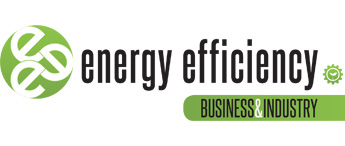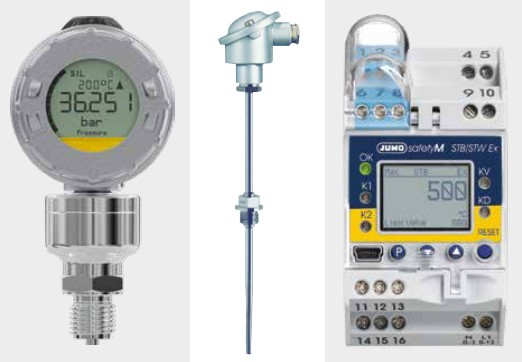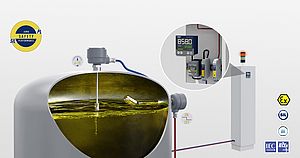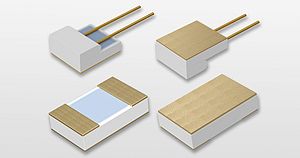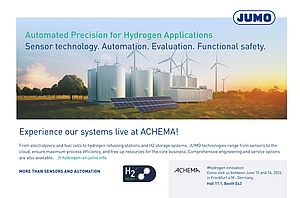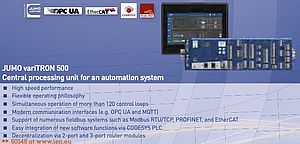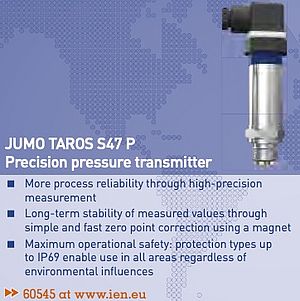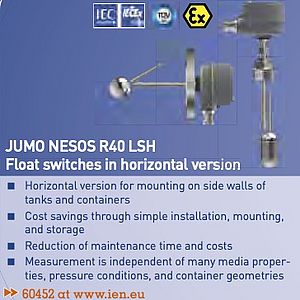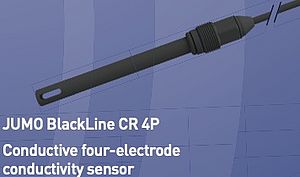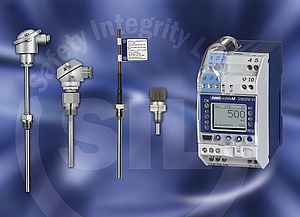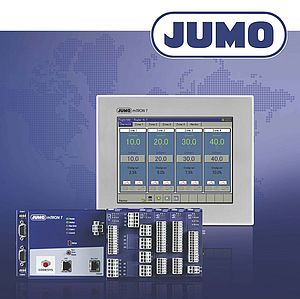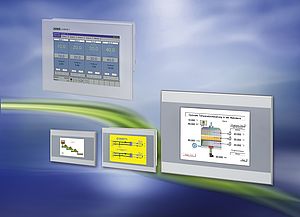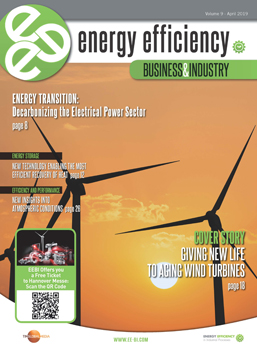During the 19th century, electrolysers were used in various industries. One such example is metallurgy, in which metals such as aluminium and magnesium are extracted. Another example is the chemical industry, where chemicals such as chlorine, hydrogen, and sodium hydroxide are manufactured. Water treatment for the production of drinking water is also on the list. Electrolysers were further developed in the 20th century. In the early 1930s the British engineer Francis Thomas Bacon invented a method of electrolyzing water using the highly alkaline and corrosive aqueous solution potassium hydroxide as the electrolyte, thereby creating the alkaline electrolyser. The invention of the alkaline electrolyser helped to improve the efficiency of electrolysis and paved the way towards the commercial application of electrolysers for the manufacturing of hydrogen and other chemical compounds. Today, alkaline electrolysers continue to be improved and developed to increase their performance, reliability and cost-effectiveness. At the beginning of the 21st century, the technology is competing with new electrolysis technologies. These play a crucial role in the energy transition and the development of sustainable energy systems, as they offer a way to store and transport renewable energy sources such as solar and wind energy in the form of hydrogen, which helps to lower CO2 emissions and reduce dependence on fossil fuels.
Current electrolysis technologies
Various types of electrolysers are available, which vary depending on the application, operating conditions, and technical requirements. The most important types of electrolysers are:
- Alkaline electrolysers (AEL): alkaline electrolysers have been in use for almost 100 years. They are the most widely used form of technology. Thanks to continuous further development (e.g. increasing the operating pressure) the efficiency is also competitive with today's technologies. They are easy to maintain and fully developed.
- PEM electrolysers (proton-exchange membrane): PEM electrolysers use a proton exchange membrane as the electrolyte. This membrane allows protons to pass through while electrons are blocked. PEM electrolysers are known for their high degree of efficiency and fast response times, which makes them particularly suitable for mobile applications with variable loads.
- High temperature electrolysers (HTE): high temperature electrolysers operate at temperatures above 500 °C and use solid oxide electrolyser cells (SOEC) to split water into hydrogen and oxygen. HTE systems can achieve high levels of effectiveness and are well suited for integration with industrial processes or for utilizing waste heat.
- AEM electrolyser (anion exchange membrane): AEM electrolysers are based on proton exchange membrane (PEM) technology, but move anions through the membrane instead of protons. One advantage of AEM electrolysers over PEM electrolysers is that they do not require an expensive platinum catalyst at the anode, which can reduce costs. They are also often less susceptible to contamination and can work with a wider range of electrolytes. However, this technology is still being developed and is not yet widely used.
Each of these electrolyser types has specific advantages and disadvantages as well as areas of application. The choice of the appropriate type of electrolyser depends on various factors including the required production capacity, operating conditions, availability of energy sources, and costs.
High-quality, reliable measurement technology to increase efficiency and reduce costs
An electrolyser with its required peripherals is a complex system that requires suitable and coordinated measurement technology. As hydrogen is an explosive gas, the explosion protection regulations must also be observed. JUMO supplies products from the sensor via the automation level to cloud-based evaluation. Pressure and temperature sensors tested specifically for use with hydrogen enable safe use in the electrolyser periphery.
The JUMO SIRAS P21 AR process pressure transmitter with SIL/PL and Ex approval measures the relative and absolute pressure of liquids, steam, and gases reliably and precisely. It was developed for use in safety-related plants with Safety Integrity Level (SIL) according to DIN EN 61508. As a result, the transmitter is perfectly suited for safety measuring chains in the process industry and mechanical engineering.
JUMO PROCESStemp − the RTD temperature probe for process technology with SIL/PL and Ex approval is the tool of choice for temperature measurement in liquid and gaseous media. They consist of a protection fitting according to DIN 43772 with various process connections, a terminal head, and an interchangeable measuring insert.
JUMO safetyM STB/STW Ex − the use of this compact and configurable safety temperature limiter/monitor according to DIN EN 14597 with SIL/PL and Ex approval enables early and reliable detection of potential hazards in Ex areas that could lead to injury to people or damage to the environment as well as destruction of production facilities and production goods. If the 1-channel safety controller of the JUMO safetyM is combined with JUMO RTD temperature probes or thermocouples, a SIL 3 compact solution is created which we can supply to you with certification and a declaration of manufacturer.
Electrolysis is an integral component of our industry
As the historical introduction has shown, electrolysis as a technology for producing hydrogen is fundamental to today's industrial landscape. Electrolysis has the potential to develop considerably in the coming years, particularly in the context of the energy transition and the associated goal of reducing dependence on fossil fuels. A decisive long-term success factor will also be economic efficiency in competition with fossil fuels. Further increases in efficiency and innovations, the use of economies of scale, and intelligent system solutions are approaches for successful market entry.
